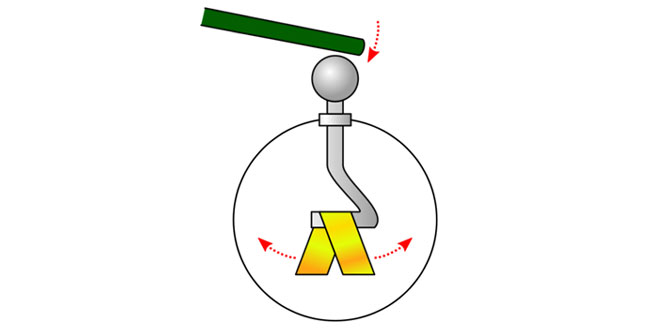Question: Explain the process of lightning striking a building or tree.
Answer: Clouds can charge tall buildings and trees by induction. The buildings and trees thus acquire the opposite charge. If the build up of charge is very heavy, easily flow from cloud to tree or building. This can be very dangerous and can result in the building or the tree catching fire because of the huge amount of energy released.
Question: In what ways is lightning useful?
Answer: Lightning is also useful in many ways:
- The heat and light released during lightning combine nitrogen of the air to oxygen to form nitrogen oxides. When rain occurs nitrogen oxides dissolved in water and form dilute nitric acid, which comes down with rain. The Rhizobium bacteria present in root of plants convert it into nitrogenous compounds, which are essential for growth of plants.
- Lightning also enables ozone to be formed from oxygen. The ozone present in air stops the harmful ultraviolet rays of the sun from reaching us.
Question: Explain how an earthquake occurs.
Answer: The crust part of earth is fragmented into many pieces called tectonic plates. These plates float over the hot magma below, and are therefore in relative motion to each other. As the plate moves collide, moves apart or slide over one another cause vibration that reach over surface of the earth and felt as earthquake.
Question: List three things you will do during an earthquake.
Answer: The following are some steps you should take if you are caught in an earthquake:
- If trapped in your home or a building, take shelter under a table and do not move till the shaking stops. Protect your head with your arms. Avoid using a lift.
- Do not stay near the windows, bookcases, mirrors, hanging pots, fans.
- Leave your home or school building and move to open areas.
- If outdoors, keep away from high-rise buildings, trees, signboards, poles and electric poles and electric wires.
- Do not sit inside a car or a bus.
Question: Why are taller buildings in greater danger of being struck by lightning?
Answer: Taller buildings are in greater danger of being struck by lightning because they are closer to clouds.
Question: When a positively-charged body is brought near an uncharged metal rod, the part of the rod near the charged body acquires a negative charge, and the far side a positive charge: Can you say why this happens? Remember that in a body, negative charges are mobile whereas positive charges are fixed.
Answer: When a positively charged body is brought near one end of an uncharged metal rod, the negatively charged free electrons in the metal rod are attracted to the positively charged body and gather at that end of the rod. Thus the near end of the rod becomes negatively charged due to excess of electrons. The far end becomes positively charged due to deficit of electrons.
 Class Notes NCERT Solutions for CBSE Students
Class Notes NCERT Solutions for CBSE Students


